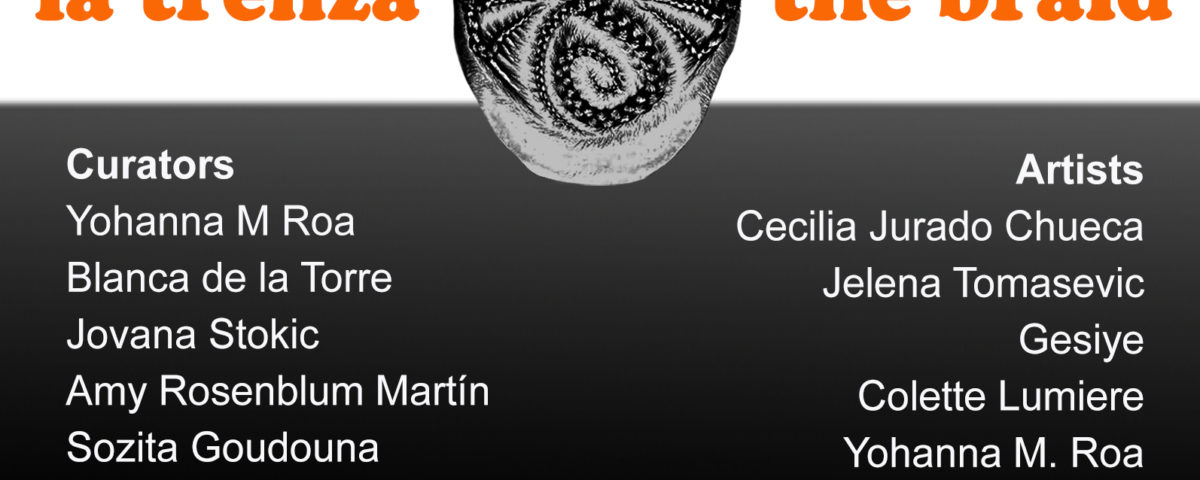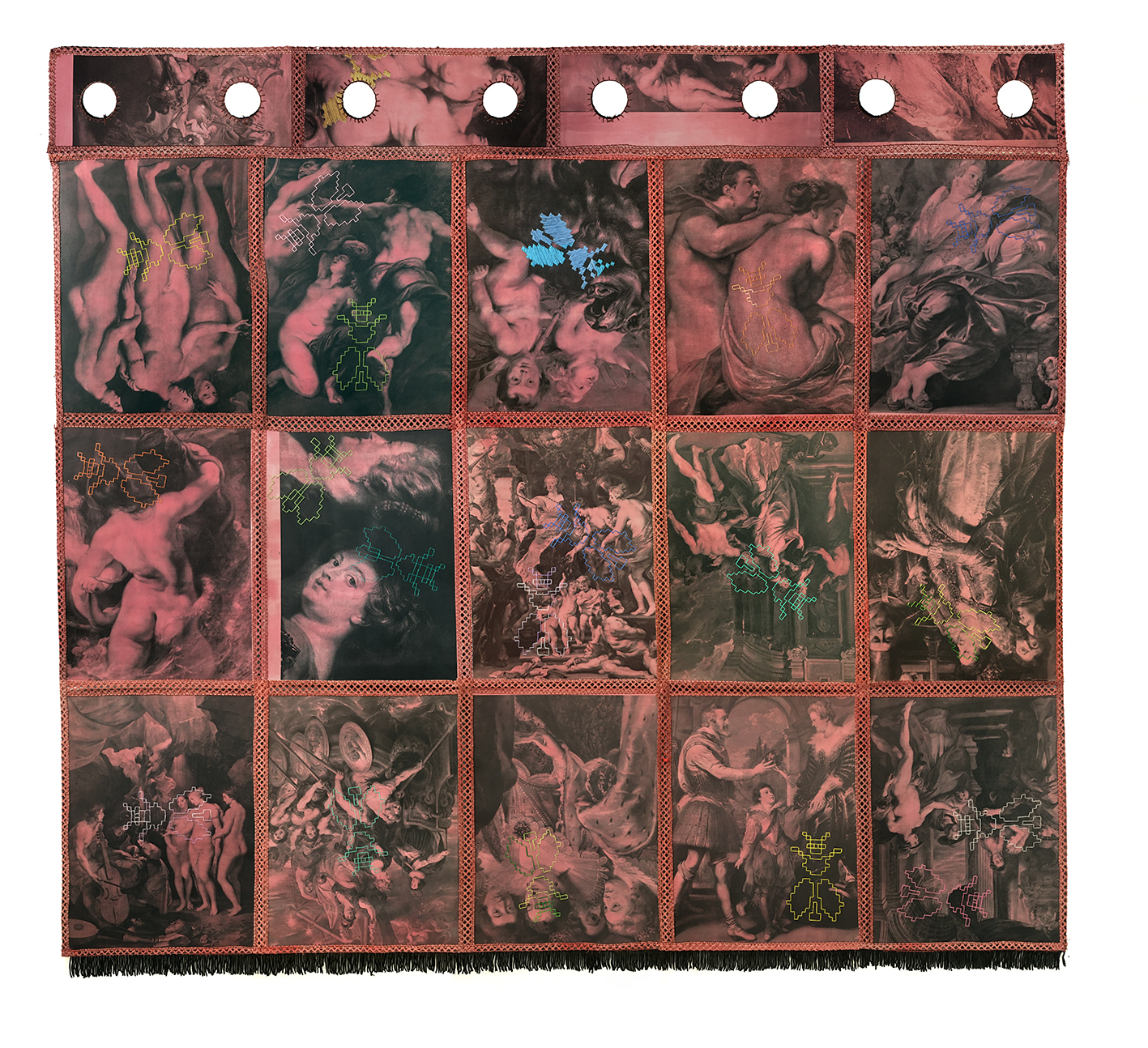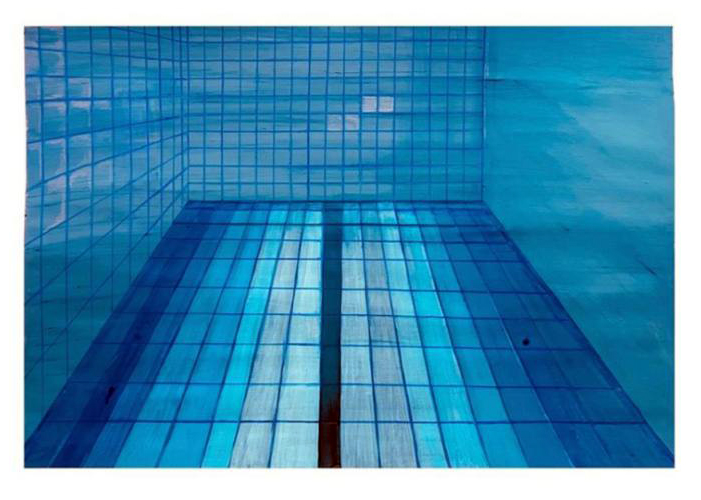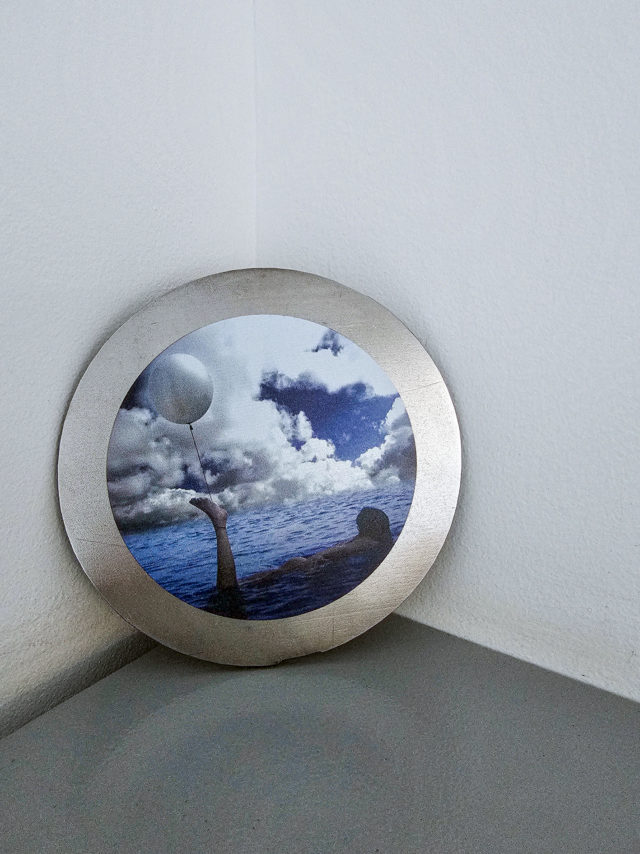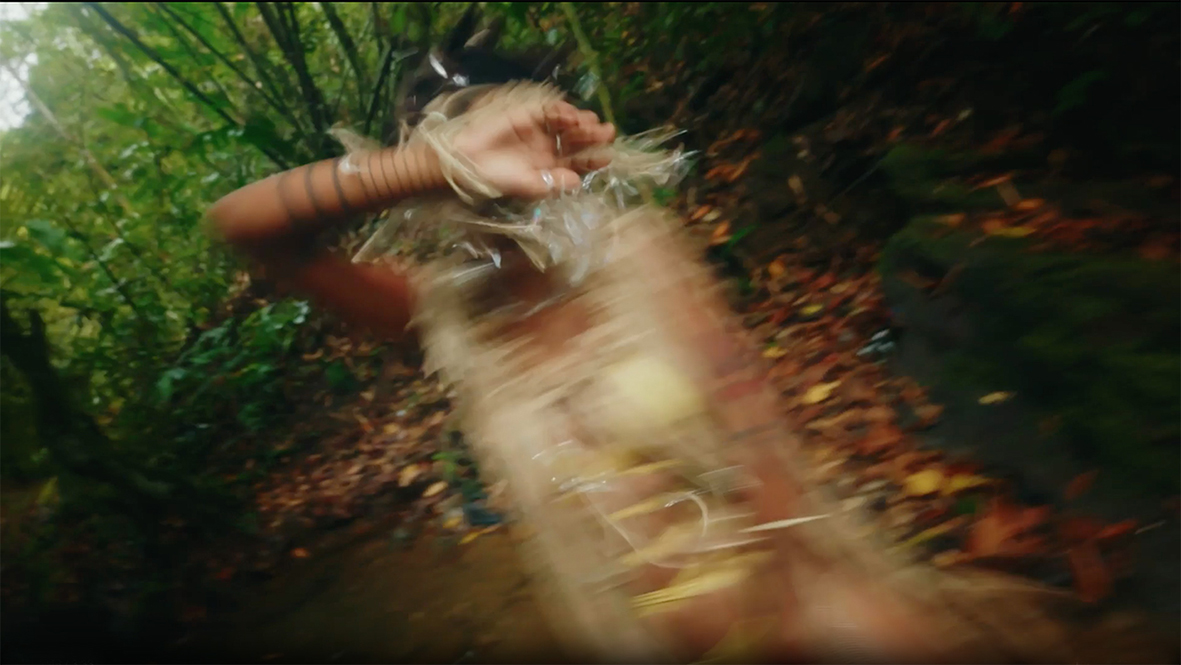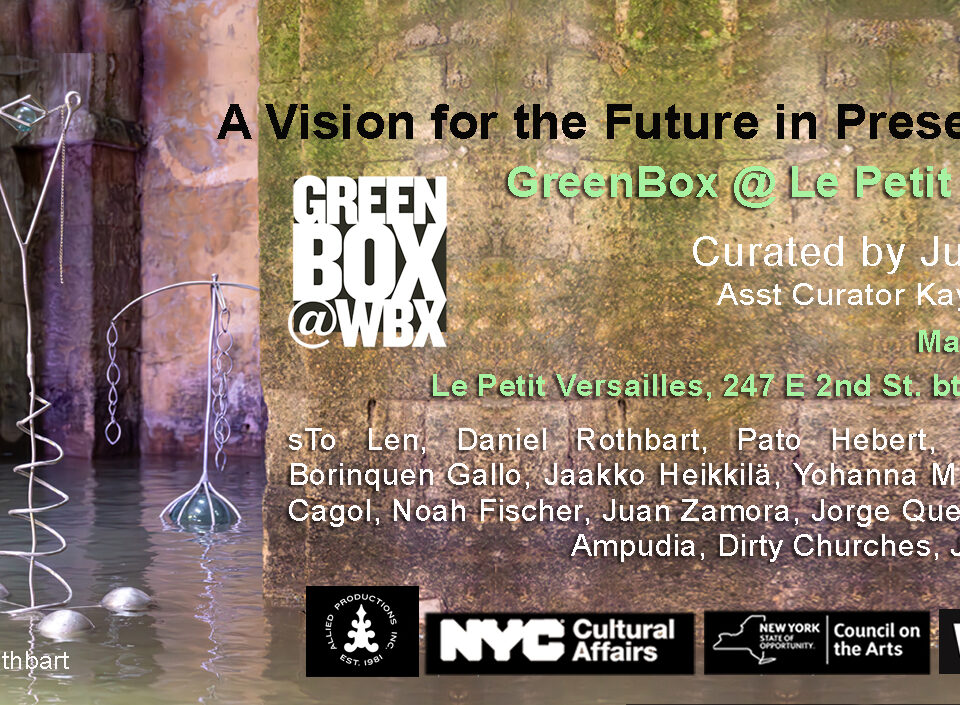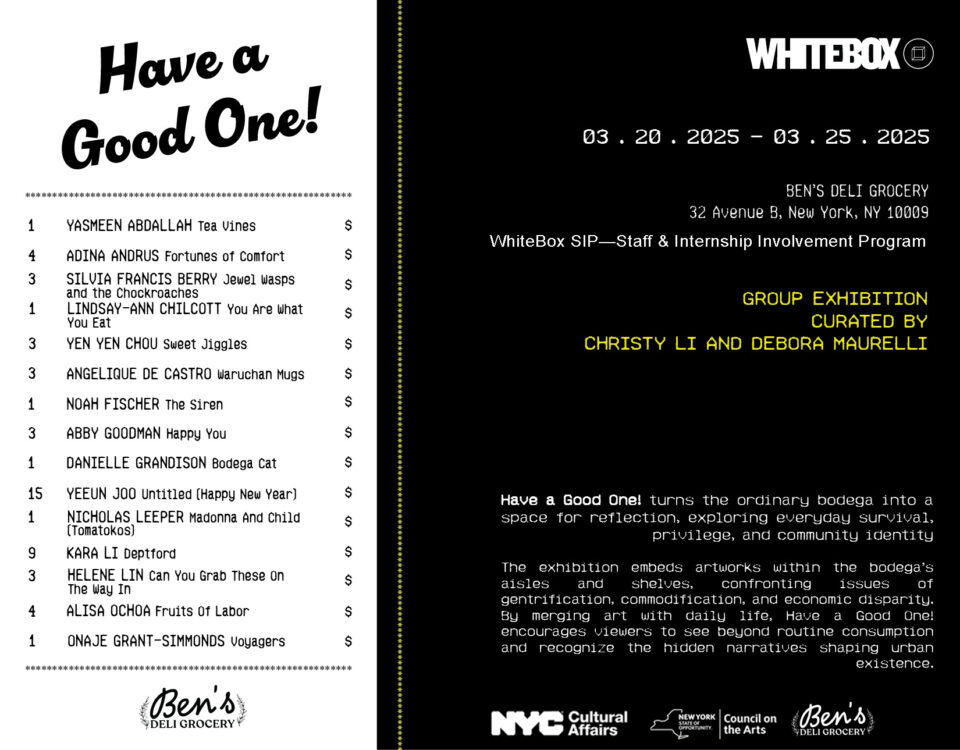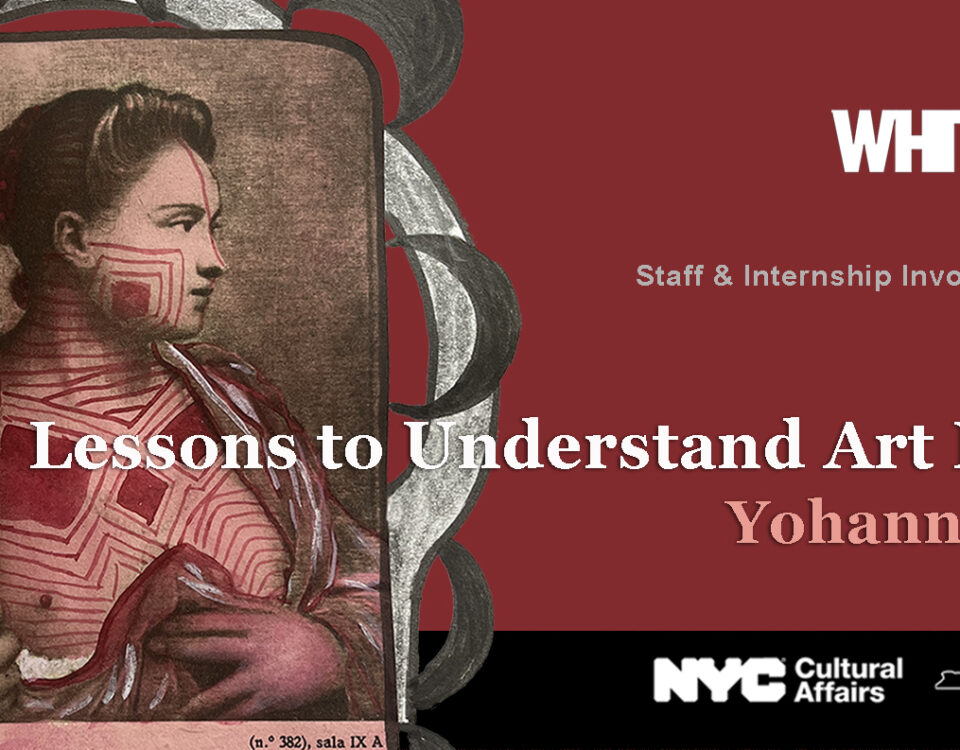
Intersecting Geometries
August 18, 2023
La trenza-The braid. Cecilia Jurado Chueca, Artist & Blanca De La torre, Curator
September 26, 2023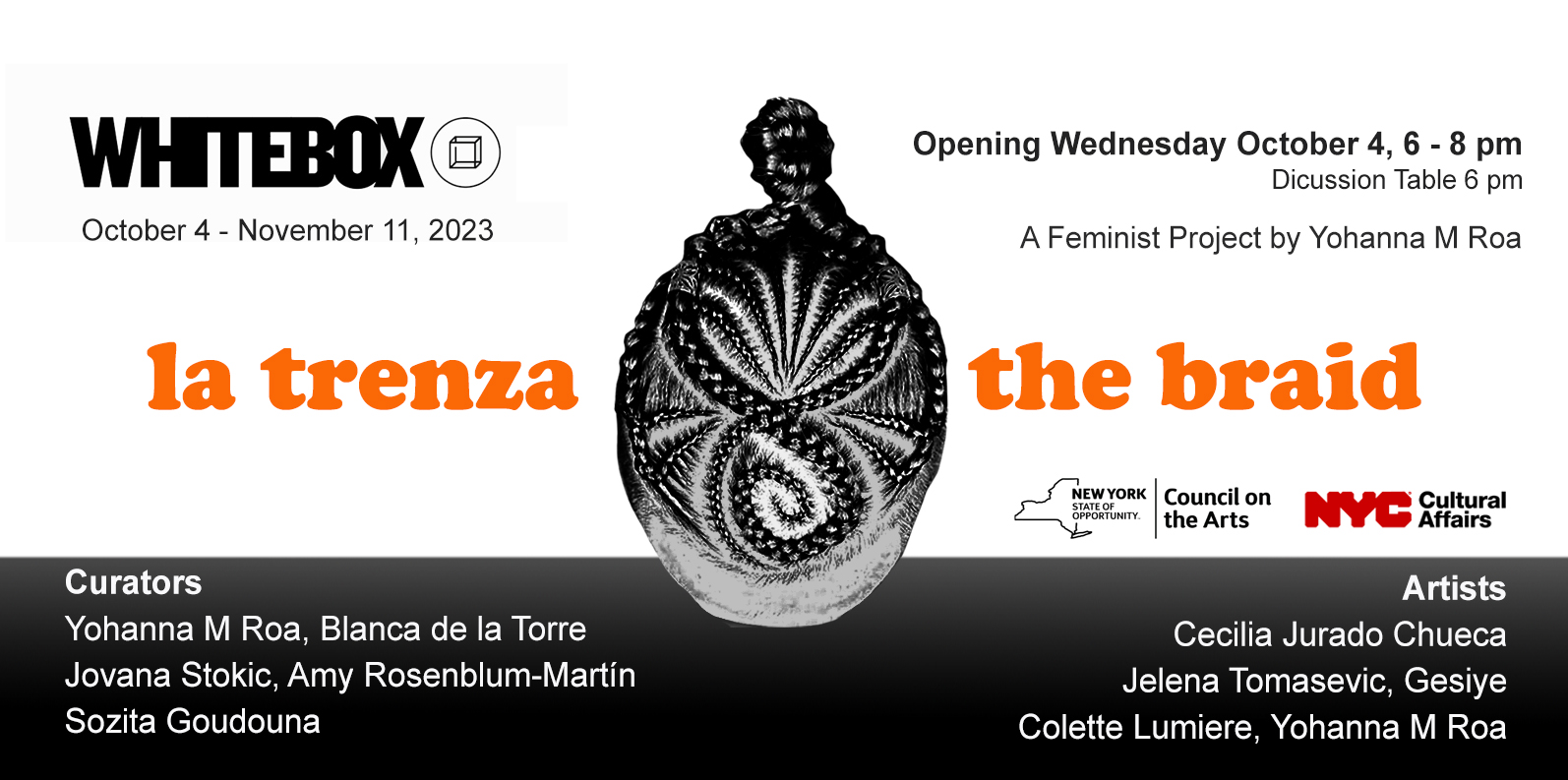
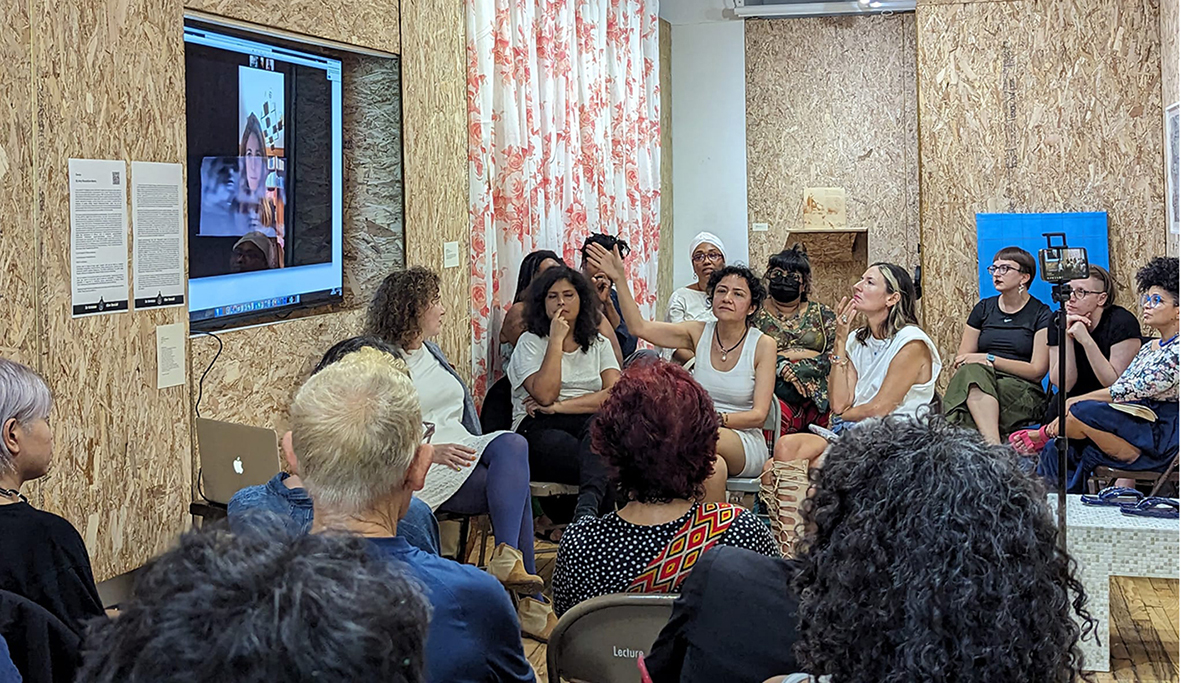
A Collective Feminist Curatorial
la trenza – the braid is a project with a feminist perspective, which aims to show that curatorship is a process in which the relationship between artists and curators develops in a personal and political sphere. That is, curatorship as a practice that involves the body and a series of negotiations that constitute a layout or a network that articulates the artists' production in a discourse that goes beyond the individual and thus allows the articulation of the different devices that are activated during an exhibition: Work, museography, curatorship, space, and socio-historical context.
Traditionally, the curatorial practices have specific guidelines, both in conceptual, theoretical, and historical relationship alongside the exhibition design. These guidelines are marked by the scientific method, which requires a distance from the object being exhibited to allow it to be exhibited or experienced "cleanly or neutrally" (traditionally) in a white cube, in which that color apparently operates as a neutral space. This assumption prioritizes the aesthetic object, leaving out the negotiations and agreements between artist and curator, without recognizing that these decision-making are political positions defining artistic objects.
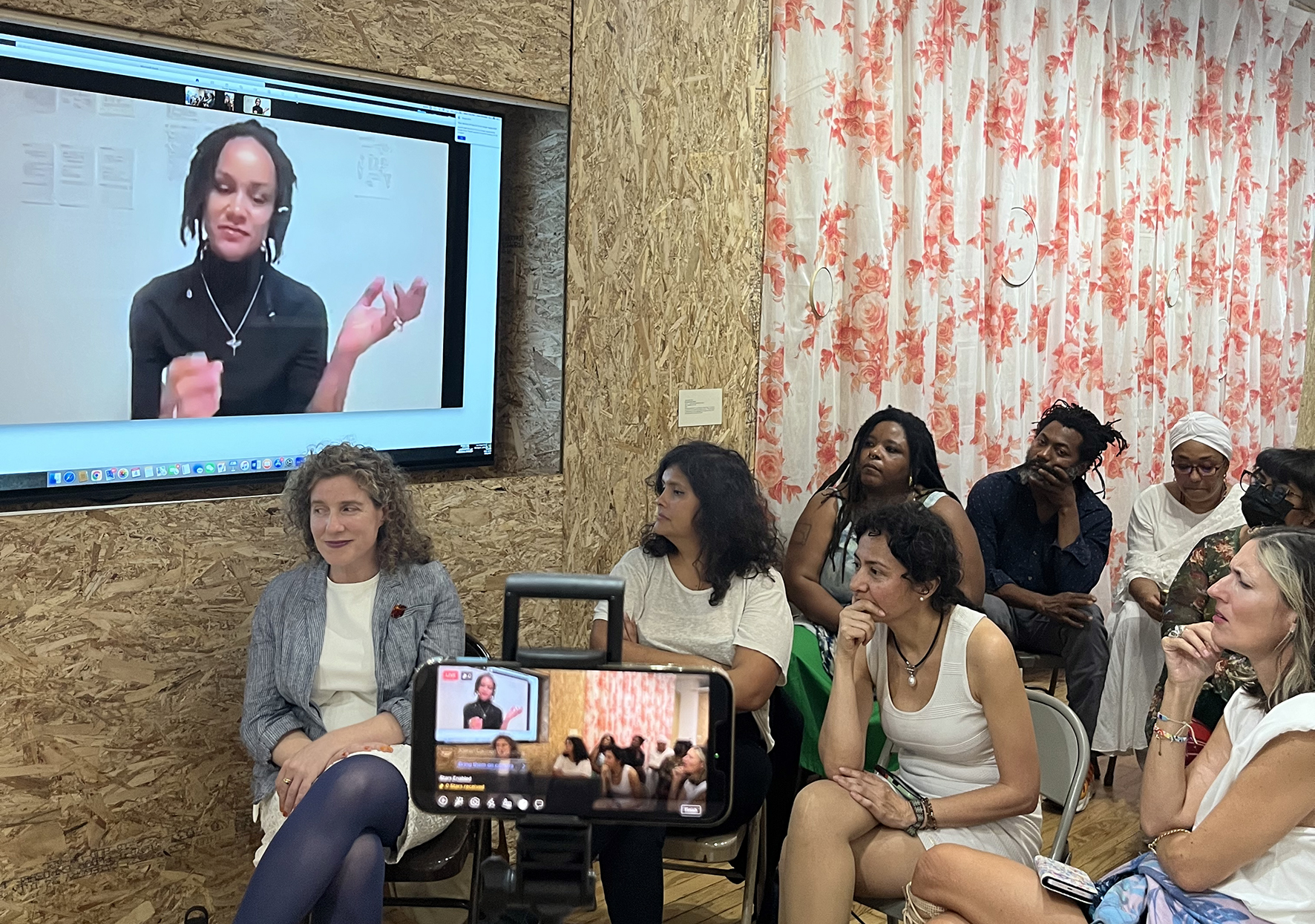
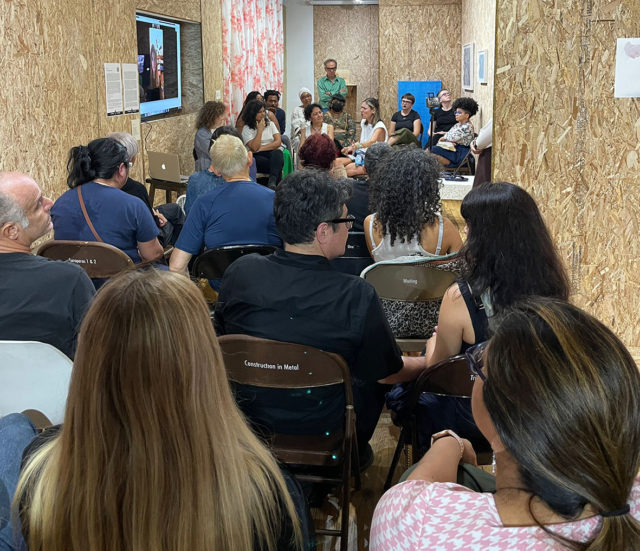

la trenza – the braid arises from my life experience. I am a feminist, curator, visual artist, art historian, art critic, and archivist; I had to acquire the tools, academic degrees and experiences to exercise them. It is worth mentioning that the decision to put my body as a curator and artist has been one of the most complicated, not only within the framework of the exhibition but also my personal journey as a feminist. However, the reality is that I came to articulate transdisciplinary exercises due to my political and ethical positions regarding artistic practices, art history, and memory preservation devices, such as the archive. I have experienced the apparent silence that covers the negotiations and articulations in the curator-artist relationship, how corporeities perform a kind of dance to build an exhibition context in order for the work to be.
The relationships between the curator, artist, work, and exhibition space contaminate this curatorial project. The objective is to show what takes place in private spaces and to recognize how an exhibition involves political, ethical, and economic positions; that is to say, it is always an exercise of power because it establishes relationships with the body, representation, memory, and history. la trenza – the braid is not interested in showing a clean image, in which the curator is behind or above the stage, moving the strings to create a theoretical, conceptual, and formal scenography to provide a neutral experience of interpreting a work of art.
The title la trenza – the braid arises from the traditional braid that women from the Colombian Pacific made (as in many other places) during the period of slavery since they used the braid to make maps on their heads, which served as a guide to run away. la trenza – the braid that we are weaving is a decolonial map, a path to freedom, to eliminate Cartesian, patriarchal and colonial relations, and making visible that, although curatorship is an exercise of power, it is necessary to recognize the paths and the reasons why this exercise is carried out.
I proposed the first fold of the braid to Blanca de la Torre and she consequently worked with the artist Cecilia Chueca.
In emails shared with Blanca de la Torrea due to other projects and dialogue in NY, I considered it appropriate to start the braiding with my work "Cortina". I made this work in 2018 during an artistic residency in San Pedro Actopan - Mexico City, with the Calpulli Tecalco Organization south of the city. One afternoon, Fernando Palma (artist and brother of Angélica, the organization's director) went for a walk to Tehutli, a volcano in the area. Continue reading
C.J. Chueca
From the series Mermaids in the Basement
By Blanca de La Torre, curator
The first mermaids were half bird, half woman and the first written source where they appear is in Homer's Odyssey, where Ulysses and his crew manage to avoid the attraction of their songs. The "mermaids," protagonists of Chueca's work, are women who sing stories that have to do with longing, Some of the songs come from popular orality, accounting for the recovery of ancestral cosmovision and knowledge. The title of the series, taken from a poem by Emily Dickinson, also suggests a displacement from a natural place, like the sea or any of our own ecosystems, to an urban environment. Continue reading
On Bathing and Thinking
Thin Soup of People
By Jovana Stokic, curator
She told me several memorable things she read in interviews with thoughtful people. Rem Koolhaas said about his practice of swimming in the pools, “The water feels like a very thin soup, like gruel, and with some training you can taste who has been swimming there. It’s about the relationship between your ideas and your body. It both evacuates and charges. You can influence your mind by being serious about your body - by knowing it very well.” Not sure that self-knowledge and thinking caught up as shared goals of wellness today. Continue reading
Gesiye, Artist & Amy Rosenblum-Martín, Curator
By Amy Rosenblum-Martín
Tattoo. Snake. River. In the context of Trinidadian Carnival, what does it mean for an artist who makes tattoos to become a snake shedding its skin, only to become, in turn, a river? Tattoos shed to heal; they scab and peel to visibly transform a person. With the artwork Now That I’m a River, Gesiye reflects on the ancestral idea of a snake shedding its skin to explore personal transformation. In Heart of Darkness, Joseph Conrad compares the massive, winding Congo River to a serpent to evoke a sense of danger. In contrast, Gesiye’s interlacings—tattoo, snake, river, her own movement--convey the power of radical love and care. Her work embodies the ability to grow and heal oneself, others, and the earth nonlinearly. She crisscrosses references the way river water sometimes flows over rock in a braided or woven pattern of microcurrents.
Colette Justine, Artist & Sozita Goudouna, Curator
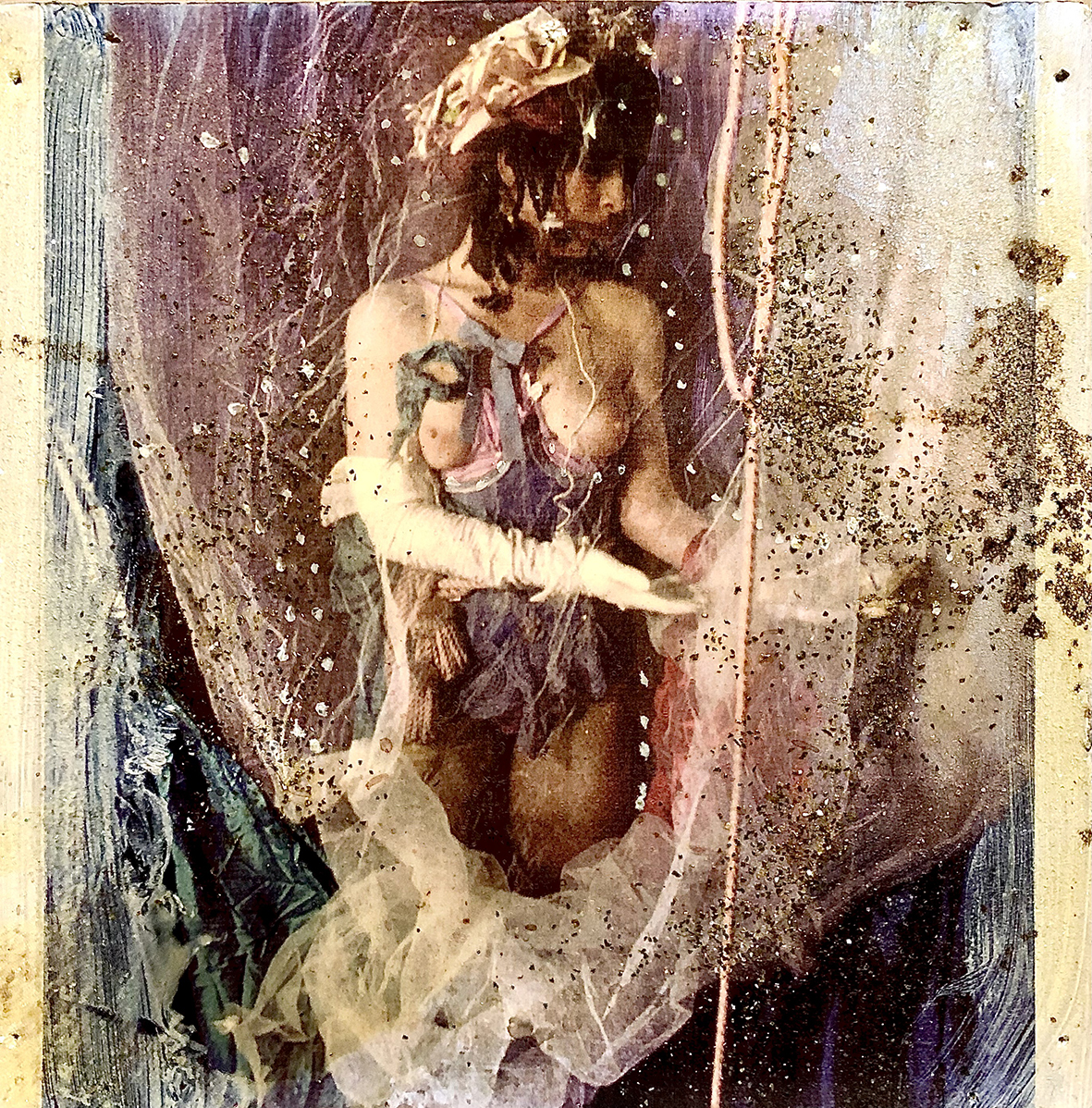
Colette Justine
By Sozita Goudouna

